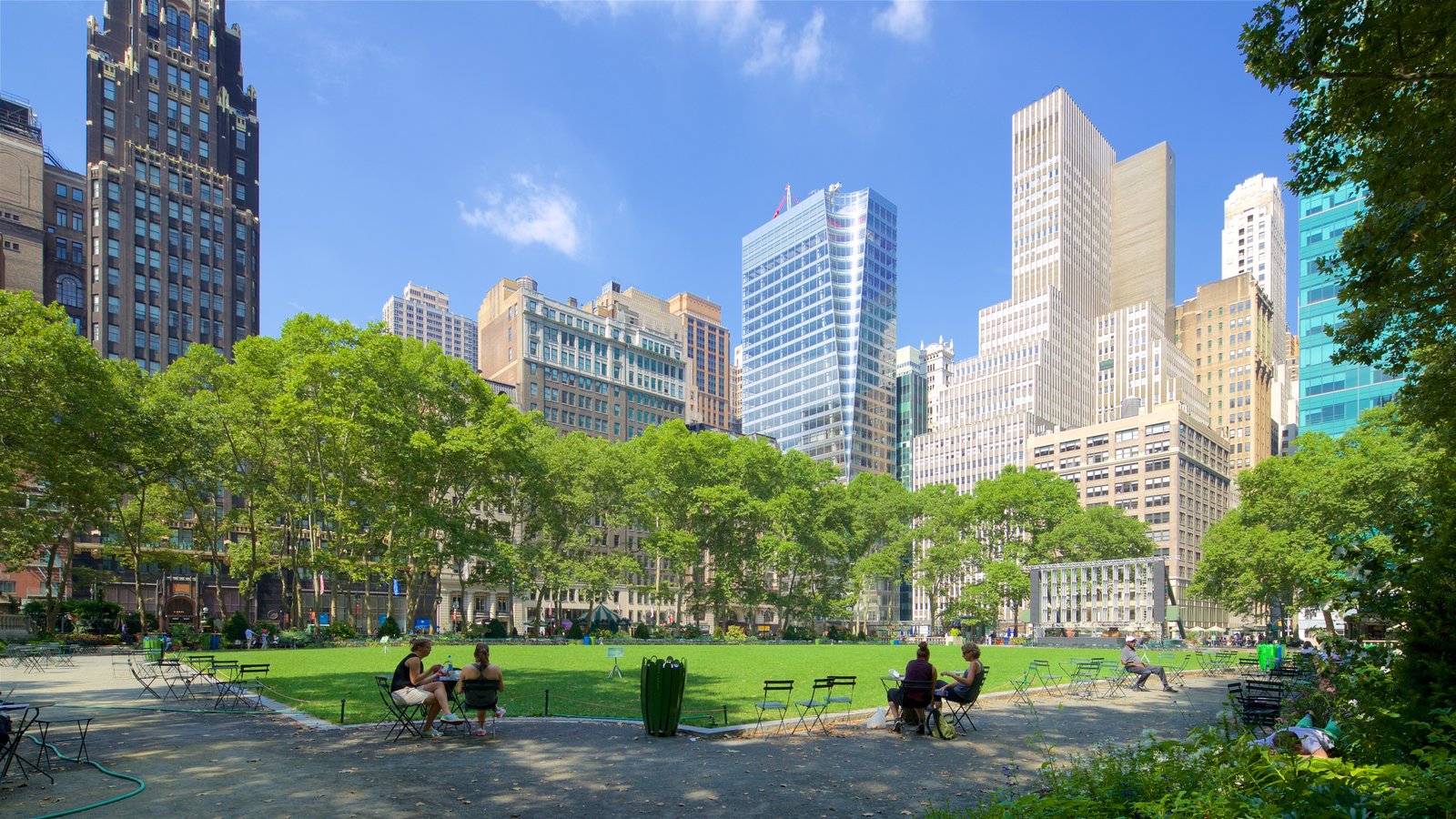Exploring Public Plazas: Typologies That Shape Urban Spaces
Public plazas have been a cornerstone of urban life for centuries, serving as vital spaces where people gather, interact, and engage with their surroundings. From ancient Greek agoras to modern-day squares, these open spaces play a crucial role in the social and cultural fabric of cities. But what exactly defines a public plaza, and how do different typologies influence their function and design? This blog delves into the various types of public plazas, exploring how they contribute to the character and vitality of urban environments.
What is a Public Plaza?
A public plaza is an open, accessible space within a city or town, designed for the public to gather, socialize, and participate in various activities. Plazas are typically located at the heart of urban areas, surrounded by buildings, shops, and other public amenities. They are more than just physical spaces; they are places where communities come together, where culture is celebrated, and where the pulse of city life is most palpable.
The Typology of Public Plazas
Understanding the different types of public plazas is essential to appreciating their impact on urban life. Each typology has its own unique characteristics and serves different functions within the city.
1. Civic Plazas
Civic plazas are often the most prominent public spaces within a city, located near key government buildings, such as city halls or courthouses. These plazas are designed to host large public gatherings, official ceremonies, protests, and other civic activities. They serve as a focal point for community engagement, symbolizing the democratic and civic spirit of the city.
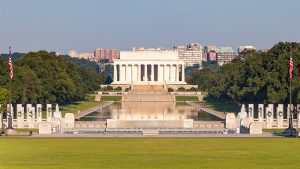
Example: The National Mall in Washington, D.C., is a prime example of a civic plaza, where citizens gather for everything from presidential inaugurations to public protests.
2. Market Plazas
Market plazas are vibrant, bustling spaces where commerce thrives. These plazas have historically served as the economic heart of cities, where vendors, artisans, and merchants sell their goods. The dynamic nature of market plazas makes them lively and energetic, often becoming a focal point for local culture and daily life.
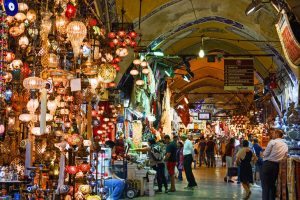
Example: The Grand Bazaar in Istanbul, though covered, is part of a larger network of open market plazas that pulse with activity every day.
3. Cultural Plazas
Cultural plazas are designed to celebrate art, history, and culture. These spaces are often located near museums, theaters, and galleries, providing a venue for artistic performances, exhibitions, and cultural events. Cultural plazas are important for nurturing a city’s creative spirit and offering a platform for cultural expression.
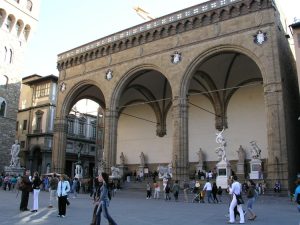
Example: The Piazza della Signoria in Florence, Italy, serves as an open-air gallery, showcasing sculptures like Michelangelo’s “David” and hosting various cultural events.
4. Recreational Plazas
Recreational plazas focus on leisure and relaxation. These spaces are often landscaped with greenery, fountains, and seating areas, providing an oasis of calm in the midst of the urban hustle. They are popular spots for people to unwind, socialize, and enjoy the outdoors, offering a break from the pace of city life.
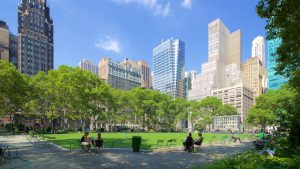
Example: Bryant Park in New York City is a recreational plaza known for its lush green lawns, outdoor seating, and various recreational activities.
5. Historical Plazas
Historical plazas are steeped in history, often located near significant monuments, landmarks, or buildings. These spaces serve as a reminder of the city’s past, offering a connection to its heritage and identity. Historical plazas often become tourist attractions, drawing visitors who seek to explore the historical narratives embedded in the urban landscape.

Example: The Red Square in Moscow, Russia, is a historical plaza that has witnessed centuries of events, from royal ceremonies to military parades.
6. Hybrid Plazas
Hybrid plazas combine elements from various typologies, creating multifunctional spaces that serve multiple purposes. These plazas are adaptable and versatile, catering to the diverse needs of the community. They may host civic events, cultural performances, markets, and recreational activities all in one space.

Example: The Zócalo in Mexico City is a hybrid plaza that serves as a civic, cultural, and historical center, hosting everything from national celebrations to local festivals.
The Role of Plazas in Urban Design
Public plazas are integral to urban design, contributing to the social, cultural, and economic vibrancy of cities. They provide a space for people to come together, fostering a sense of community and belonging. The typology of a plaza influences its design, function, and the experience it offers to the public. Whether it’s a grand civic square or a tranquil recreational space, each type of plaza plays a unique role in shaping the character of the urban environment.
As cities continue to grow and evolve, the importance of well-designed public plazas remains undeniable. These spaces not only enhance the aesthetic appeal of urban areas but also enrich the lives of those who inhabit them. By understanding the typology of public plazas, we can better appreciate their significance and advocate for their thoughtful integration into urban planning and development.
What are your thoughts? Tell us in the comments below.
